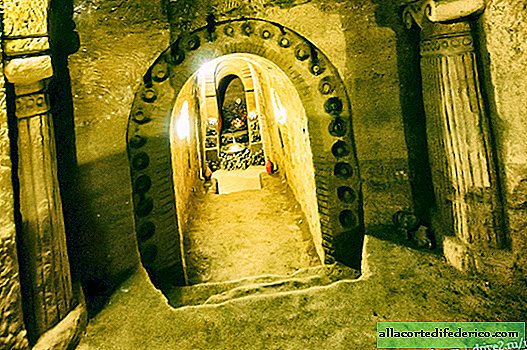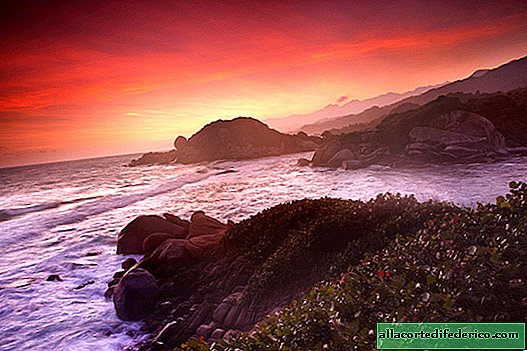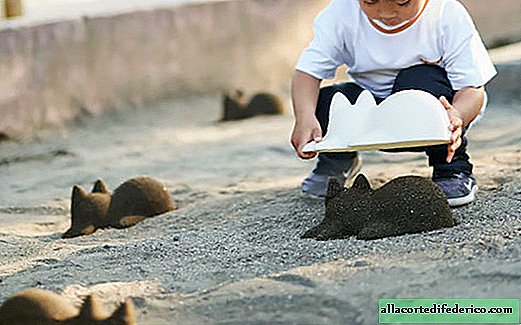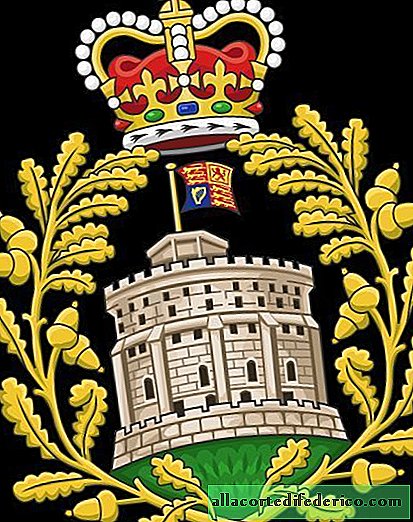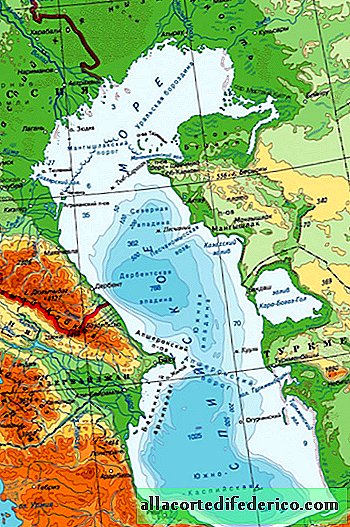Santorini: the grand stratovolcano that destroyed civilization on the island of Crete
The peaceful landscapes of the Greek island of Thira do not remind of the grandiose natural disaster of the past. But here, about 3.5 thousand years ago, one of the most powerful volcanic eruptions in the history of mankind occurred. The stratovolcano Santorin destroyed not only life on the island itself, but also forever changed the course of world history, causing the decline of the highly developed Minoan civilization located in the Mediterranean.
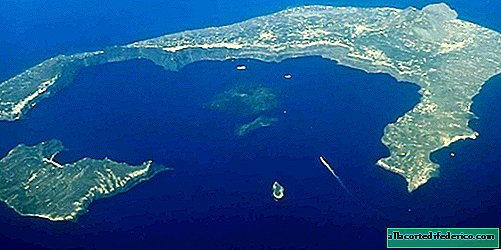
The center of this civilization was the island of Crete, where the main cities with grand palaces were located. It was a highly developed civilization, possessing its own writing and building grandiose architectural structures. The economic basis of the life of the Minoans was agriculture and maritime trade. Crete and the Cyclades islands located north of it were at the intersection of the main trade routes linking the ancient civilizations of the Mediterranean. In Crete, parts of the palace structures built in 1900-1500 BC, at a time when the heyday of the Minoan culture, were still preserved.
 Knossos Palace, island of Crete
Knossos Palace, island of CreteOne of the cities of the Minoan civilization was also located on the ancient island of Strongila (another name mentioned in the chronicles - the island of Fira). But it is known to contemporaries only thanks to the painstaking work of archaeologists, as it was buried under a thick layer of volcanic deposits. Here, well-preserved residential buildings with numerous frescoes, household items, including pottery, were found. It is noteworthy that in ancient times the island was called Strongila, which translates as "round." But the modern shape of the island of Thira does not resemble a circle. It is rather a semicircle adjacent to several more islands. The thing is that the modern look of the island is the grandiose ruins that arose on the site of an ancient stratovolcano.

There is still no consensus among historians and geologists about the exact date of the eruption, since using different dating methods, slightly different numbers are obtained. Nevertheless, it is generally accepted that the eruption of the Santorin volcano occurred between 1628 and 1500 BC, although most factors still indicate an earlier date, that is, around 1628-1610 BC. This grandiose volcano is classified as stratovolcanoes, and the power of its eruption in ancient times by geologists is estimated at 7 points on an 8-point scale. For comparison: the most powerful eruption of Vesuvius, which killed Pompeii, was estimated by scientists at 5 points.

According to geologists, the volcano threw a huge amount of ash and gases into the atmosphere, which most likely led to a decrease in air temperature on the planet. The eruption itself was accompanied by an earthquake, as well as a tsunami that occurred after the peak of Santorin collapsed. The volcano had a height of about 1,500 meters, and as a result of the destruction of the cone, water fell into the mouth of the volcano. According to various estimates, the resulting tsunami wave had a height of 100 to 200 meters. The destructive force of the water stream hit the island of Crete, located about 115 kilometers south of the modern island of Thira.

Most historians believe that the decline of Minoan civilization is associated with natural factors, namely the devastating earthquake and tsunami, which significantly undermined the economy of Crete. Coastal cities and related infrastructure were destroyed, agricultural fields also fell into decay. Despite the fact that civilization itself on the island of Crete continued to exist for several centuries after the eruption of Santorini, it has not reached its former greatness. Gradually, the Minoan civilization gave way to Mycenaean culture.

There are still enough blank spots in this story, but the magnitude of the catastrophe that has occurred does not cause any doubt. One has only to take a look at the aerial photograph of the modern island of Thira and the adjacent islands in order to estimate the size of the stratovolcano. At the site of the ancient explosion, a grand caldera with a diameter of about 14 kilometers and a depth of about 400 meters was formed. Today, right at the foot of the ancient stratovolcano, more than 15 thousand inhabitants live peacefully. Despite the fact that 3,500 years ago Santorin went under water, he is still alive. This is evidenced by regular eruptions, the last of which occurred in the 20s of the last century. Underwater eruptions of an ancient volcano lead to the formation of new islands and a change in their shape, and it is possible that a surge in seismic activity in the Mediterranean region could lead to another activation of Santorin.


